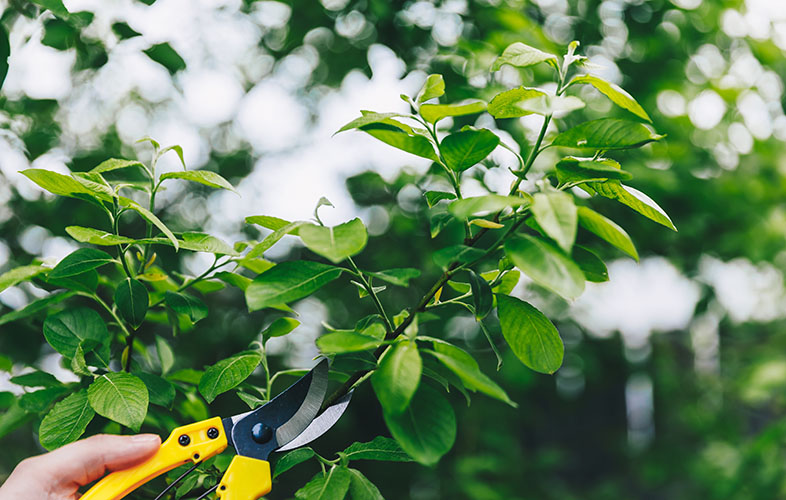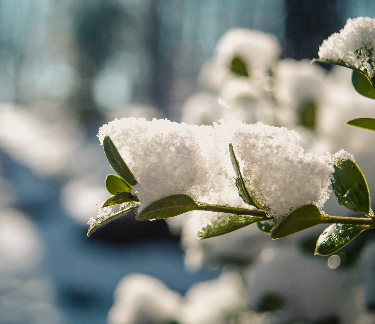Nutrients are essential for healthy growth. Over time, soil reserves can run low, so regular fertilization is a key part of effective tree and shrub care, keeping plants strong, green and resilient.
Why Fertilization Matters
Proper fertilization supports:
- Greener foliage.
- Increased flower production.
- Stronger branch growth.
- Improved stress tolerance.
- Overall plant vigor.
Without adequate nutrients, trees and shrubs may show signs of decline, including poor leaf color, stunted growth and reduced resistance to insects and disease.
Professional Fertilization for Optimal Results
Fertilization needs vary based on plant age, location and soil conditions. TruGreen tree and shrub specialists use advanced methods to make sure nutrients reach the roots where they are most effective:
- Liquid fertilization injected directly into the root zone.
- Granular fertilizer applied to the soil surface.
Some trees and shrubs may develop micronutrient deficiencies, like iron deficiency, especially in high-pH soils. Iron is essential for chlorophyll production and plant energy. When roots can’t access enough iron, leaves may yellow while veins stay dark—this is called iron chlorosis. A professional soil assessment helps determine if supplementation is needed.









 Back to all blogs
Back to all blogs
Facebook
X
Youtube
Copy Link
Email